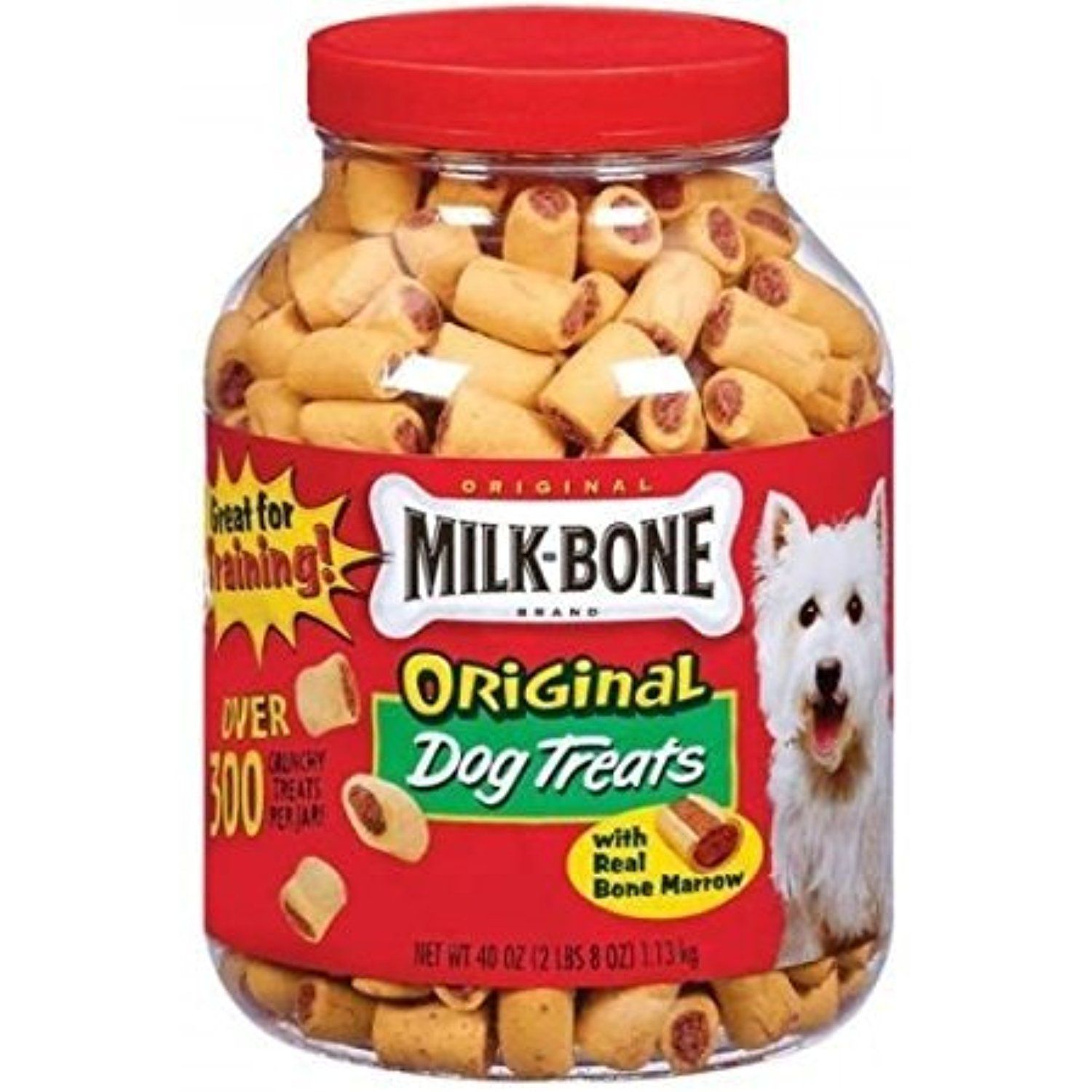Dogs are often considered part of the family, and as such, their dietary needs and preferences take precedence in many households. One common treat that garners both affection and scrutiny is the classic Milk Bone. While many pet owners view these crunchy snacks as a beloved go-to for rewarding good behavior or simply indulging their furry companions, the question remains: Are Milk Bone treats bad for dogs?
To navigate this topic, we must delve into the ingredients, nutritional value, potential health risks, and safer alternatives. Understanding each component will help dog owners make informed decisions about their pets’ treats, ultimately fostering healthier lifestyles and happier tails.
Ingredient Analysis
First, let’s dissect what makes up those iconic Milk Bones. These treats primarily consist of a mixture of wheat flour, meat and bone meal, cornmeal, preservatives, and artificial flavors. On the surface, this may seem relatively harmless, but examining these ingredients more closely reveals potential concerns.
For starters, wheat flour is the first ingredient. While this is a common baking ingredient, it’s also a known allergen for many dogs. Canines can suffer from sensitivities to gluten, leading to gastrointestinal distress, skin irritations, and even autoimmune responses. While not every dog may react negatively, those with gluten allergies should steer clear of these treats.
Another noteworthy component is meat and bone meal. This ingredient often raises eyebrows due to its ambiguous nature. Sourced from unspecified parts of animals, it can be less than appetizing and may not meet the high-quality protein standards that discerning pet owners would prefer for their dogs. Low-quality meat can lead to imbalances in essential amino acids, crucial for maintaining a healthy coat, muscle strength, and overall vitality.
Nutritional Content
In order to better understand whether Milk Bone treats are suitable for your dog, one must consider the nutritional content they offer. Each Milk Bone contains a smattering of vitamins and minerals, but these benefits may not outweigh the potential downsides. The calories in a single Milk Bone can accumulate quickly, which may contribute to obesity, particularly in less active dogs.
Additionally, Milk Bones tend to be high in carbohydrates, primarily due to the inclusion of cornmeal and wheat flour. Dogs are omnivores, but their ancestral diet was not laden with carbs. Diets rich in carbohydrates can spike insulin levels, leading to further health problems like diabetes. A healthy canine diet should prioritize high-quality proteins and healthy fats over excessive carbs.
Health Risks
At this point, it’s prudent to address some health risks associated with feeding Milk Bones. As mentioned, gluten sensitivity and obesity are substantial concerns. Aside from these, there is another risk to consider: dental health. While it is often touted that crunchy treats promote dental hygiene by reducing tartar buildup, this assertion can be misleading. Some dogs may chew on Milk Bones but not achieve the intended dental benefits, leading to long-term dental issues.
Moreover, excessive consumption can trigger gastrointestinal distress, manifesting as vomiting or diarrhea. It’s vital for dog owners to monitor how their pets react to various treats, especially if introducing something new into their diets. If any adverse reactions occur, it’s crucial to discontinue use immediately.
Expert Opinions
Veterinarians and pet nutritionists often advocate for moderation when it comes to commercial pet treats like Milk Bones. While an occasional snack may not be harmful, daily reliance on these treats for training or rewards can be detrimental. A balanced diet, rich in high-quality proteins and appropriate fats, is paramount for a dog’s long-term health.
Some experts even suggest incorporating fresh, whole foods into a dog’s diet. Fruits like apples and blueberries can serve as nutritious, low-calorie treats without the harmful additives found in commercial products. Vegetables like carrots and green beans not only provide essential nutrients but can also satisfy a dog’s urge to chew, which is especially beneficial for dental health.
Safer Alternatives
As the trepidation around Milk Bones mounts, numerous healthier alternatives have emerged. Dog owners can explore an array of options that are both safe and enriching. For example, freeze-dried liver treats are protein-packed and enticing for most dogs. These can be offered sparingly as rewards or used for training purposes without compromising health.
Additionally, many pet stores now feature an impressive selection of organic and locally-sourced treats made without artificial preservatives, colors, or flavors. Companies are increasingly cognizant of dietary sensitivities and have developed hypoallergenic options tailored for dogs with specific needs.
Conclusion: The Bottom Line
As dog owners, it is our responsibility to make informed choices about our pets’ nutrition. Milk Bone treats, while convenient and popular, may not be the best option for every dog. Evaluating the ingredients, potential health risks, and available alternatives can arm owners with the knowledge necessary to ensure their pets thrive. Ultimately, treating our furry family members with care and consideration will lead to healthier pups and happier homes.
